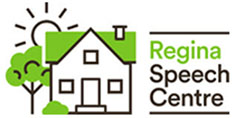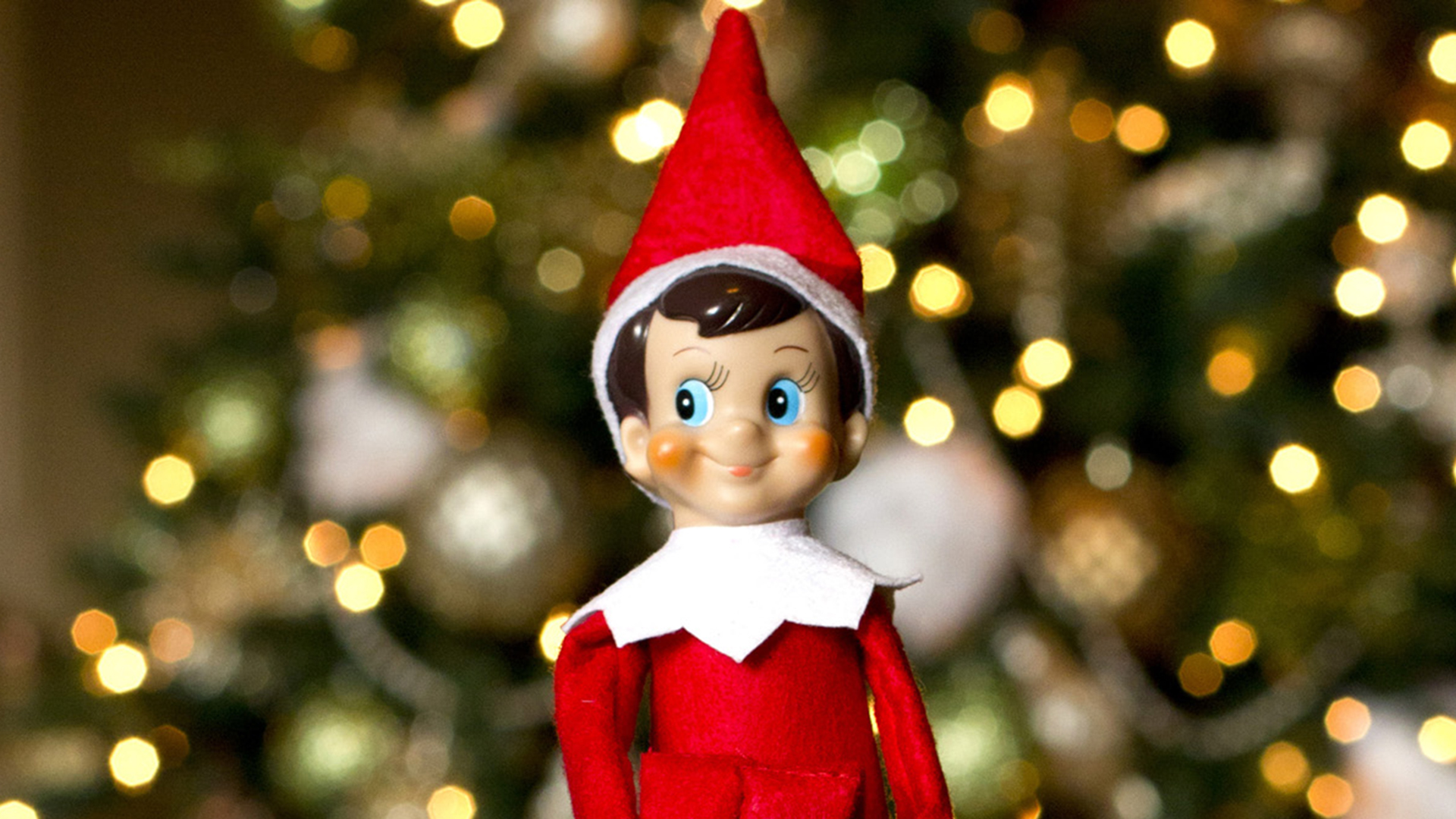Practicing language or even speech sounds in the home shouldn’t be an added chore. In fact, the more natural the environment you practice your language and speech sounds in the better chance of your son or daughter carrying over their new skills in everyday situations!
So, we have compiled 6 ideas on how to use your “Elf on a Shelf” this Christmas season to help with your speech and language goals.
1. Practice answering “wh” questions
When your child finds his or her elf then next day, practice answering various “wh” questions such as where, who, what, etc. Your elf lets your child answer questions like; “Who is he playing with?”, “What is she doing?”, or “Where is he hiding today?” The questions are endless. This offers a natural and functional opportunity for you to ask multiple wh-questions in an exciting setting, making it feel less like you are testing your child with the endless questions! Don’t forget to use some wait time to allow your child to answer and model appropriate answers for them if they are unable to respond after the wait time.
2. Teach Prepositions!
When you hide your elf, consider hiding him in unique positions or even different containers! This allows you to teach your child about prepositions in a meaningful way. You could hide your elf in the Christmas tree, or a chair, or on top of a Lego tower! You could even hide him inside a container, or trap him under a jar. The options are endless.
3. Develop Recall Skills
Use the elf on the shelf to further develop your child’s ability to recall past events and share them with other family members. When your child calls his grandma, or when dad gets home from work, discuss what the elf did in detail! This lets your child stretch his or her memory and gives them a chance to practice past tenses (i.e.; the elf in the Christmas tree).
4. Build Prediction and Reasoning Skills
Ask your child questions that get him or her thinking.Why do they think the elf got tied up or stuck in that crazy situation. Get them to predict about the future and try to guess what you think Elf will get into or be up to the next morning. The options are endless and setting the elf up in more detailed scenes allows for you to model and coach your child to use their story telling skills involving predictions and problem solving!
5. Help Teach Sequencing Skills
Have your elf set out a cook book with ingredients, or craft supplies for a Christmas craft, or even a mini Lego set to build that day and talk about the steps, “first we ____ then we ___” Ask questions such as “What do we do next?”, or “How did we make these cookies?” Focus on vocabulary such as first, and even the word! This helps your son or daughter sequence their stories.
6. Practice Your Child’s Speech Sounds
Have your elf pick out books that have your child’s speech sounds in it. For example, maybe your child needs help with his or her s-blends, set out I Spy books with the elf and practice saying “I ssspy…” Or maybe your elf sets out a book with Cookie Monster so your son or daughter can target their /k/ sound. The elf could be hiding in a bag of /s/ objects or give them instructions to find some things in the house that start with /k/.The options are endless.

